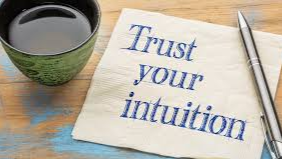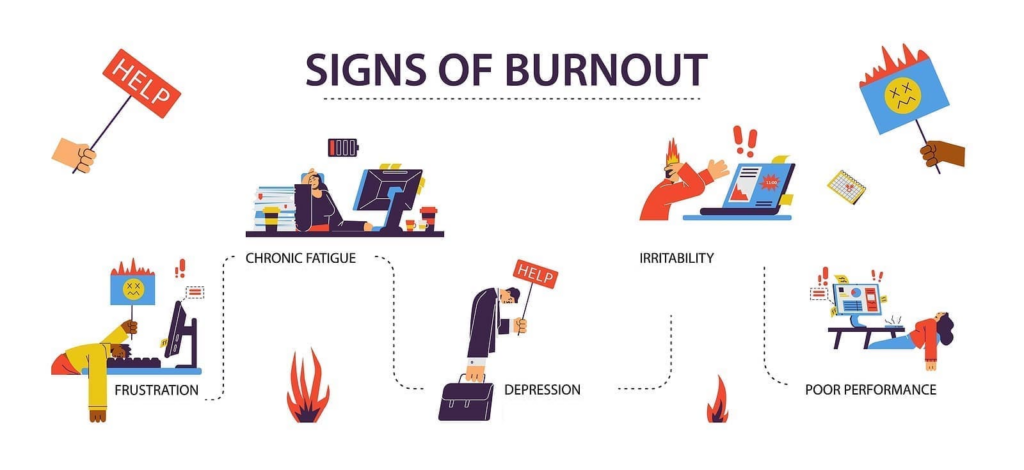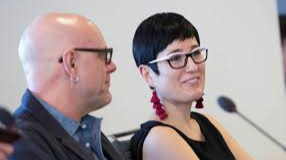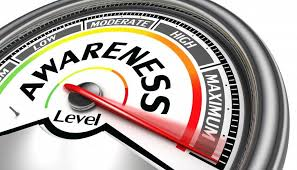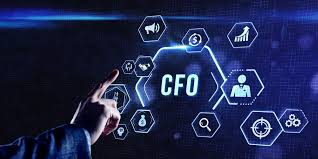
Stress is one of the most commonly discussed challenges in professional life, yet it remains one of the least understood. It’s often framed as an inevitable part of success—a byproduct of ambition, responsibility, and high performance. But stress is not just about working hard or managing heavy workloads. It is deeply relational, situational, and environmental.
Understanding these three dimensions of stress is the first step toward managing it effectively. When you recognize where your stress originates, you can begin to see patterns, take control, and shift how you respond. More importantly, you can address the root causes instead of just managing symptoms.
Let’s break it down.
Stress is Relational
At its core, stress is often about people. You don’t operate in isolation. You interact with teams, peers, subordinates, and leaders—each with their own expectations, behaviors, and ways of working.
Some of the most intense workplace stress stems from relationships. Think about these scenarios:
- A demanding boss with unrealistic expectations
- Team conflicts that drain your energy
- Unspoken tensions with colleagues
- Lack of support or recognition for your contributions
These are all relational stressors. When you work in a high-pressure environment where relationships are strained, the stress compounds. It’s not just about the tasks you have to complete but about the people you have to navigate in the process.
This is why leadership, communication, and emotional intelligence play such a critical role in stress management. How you interact with others—how you set boundaries, manage conflict, and assert your needs—determines whether stress escalates or is diffused.
If relational stress is high, no amount of productivity hacks will save you. You need better conversations, clearer expectations, and healthier boundaries to create a work environment where stress doesn’t dominate.
Stress is Situational
The second truth about stress is that it is situational. It arises from specific circumstances—meeting deadlines, completing tasks, or fulfilling responsibilities.
Common situational stressors include:
- Tight deadlines that make it feel like you’re always behind
- High-stakes decisions where the pressure to get it right is immense
- Competing priorities that stretch you in multiple directions
- Unpredictable workloads that leave you constantly firefighting
Situational stress is often mistaken for personal failure. If you’re overwhelmed by deadlines or struggling to juggle multiple projects, it’s easy to believe that you’re not organized enough or not working hard enough.
But situational stress isn’t just about you. It’s about the conditions you’re operating in. Some workplace cultures thrive on last-minute deadlines and constant urgency. Others fail to provide adequate resources, leaving employees to pick up the slack.
The key to managing situational stress is recognizing what is within your control and what isn’t. If the workload is unrealistic, no amount of time management will fix it. You may need to push back, negotiate priorities, or set clearer expectations with your team.
And if situational stress is persistent, it’s worth asking: Is this just a bad week, or is this the way things always are? Because if it’s the latter, then the problem isn’t you—it’s the environment.
Stress is Environmental
Beyond relationships and specific situations, stress is also shaped by your workplace environment—the broader culture, expectations, and unspoken rules that dictate how things get done.
Every workplace has a unique culture of performance—some prioritize well-being and sustainable success, while others operate on burnout and overwork.
Environmental stress often stems from:
- Unrealistic performance expectations—where success is measured by exhaustion, not effectiveness
- A toxic culture of competition—where employees are pitted against each other
- Lack of psychological safety—where speaking up feels risky
- An “always-on” expectation—where boundaries between work and life don’t exist
The truth is, you can be highly skilled, resilient, and capable—but if you’re in an environment that glorifies stress, you will struggle. Many professionals internalize the stress of their environment, believing that if they can just “handle it better,” things will improve.
But stress isn’t always a personal problem. Sometimes, it’s a systemic one.
If you’re constantly exhausted despite your best efforts, it’s time to step back and assess: Is the stress I’m feeling a reflection of me, or a reflection of the culture I’m in?
The Root of Stress: Time vs. Energy
Another critical truth about stress is that it always comes back to two things: time or energy.
1️⃣ Time-Based Stress: This is the pressure of having too much to do and not enough time to do it. It’s about deadlines, schedules, and the feeling of never having enough hours in the day.
2️⃣ Energy-Based Stress: This is the depletion that comes from constantly giving, solving, managing, and adapting. It’s about emotional exhaustion, mental fatigue, and the sense of having nothing left to give.
Most people try to solve stress by managing time better—working longer hours, prioritizing tasks, or optimizing their schedule. But the bigger problem is often energy depletion.
You can have all the time in the world, but if you’re mentally, emotionally, and physically drained, you won’t be effective. This is why stress management isn’t just about time management—it’s about energy management.
How do you restore energy? By setting boundaries, taking real breaks, and recognizing when to say no. The solution isn’t to keep pushing through—it’s to find ways to recharge so that stress doesn’t become chronic.
Final Thoughts: Recognizing Stress for What It Is
Stress is not just about workload. It’s about relationships, situations, and environments—and how they interact with your energy levels.
If you’re feeling overwhelmed, ask yourself:
✔️ Is this stress relational, situational, or environmental?
✔️ Am I struggling with time, or am I depleted of energy?
✔️ Is this stress within my control, or do I need to change my environment?
By answering these questions, you can shift from reacting to stress to understanding it—and from understanding it to managing it effectively.
Because the truth is, stress doesn’t have to be an inevitable part of success. It’s a signal—telling you what needs to change. And once you listen, you can start making the shifts that truly matter.
🔹 CoachPRO Tips: Two Ways to Reduce Stress
💼 Masculine Approach:
✅ Prioritize & Take Action – Identify top stressors and tackle them methodically.
✅ Set Clear Boundaries – Define when you’re available and when you’re off-limits.
✅ Measure & Optimize – Track energy levels and adjust your workload accordingly.
🌿 Feminine Approach:
✅ Pause & Reflect – Notice how stress manifests and listen to your body’s cues.
✅ Allow Space for Recovery – Rest isn’t a reward—it’s a requirement.
✅ Flow with Change – Adapt and move with circumstances instead of resisting.
📩 It’s time to reduce stress, avoid fatigue, and prevent burnout—are you ready? Take The Test.



